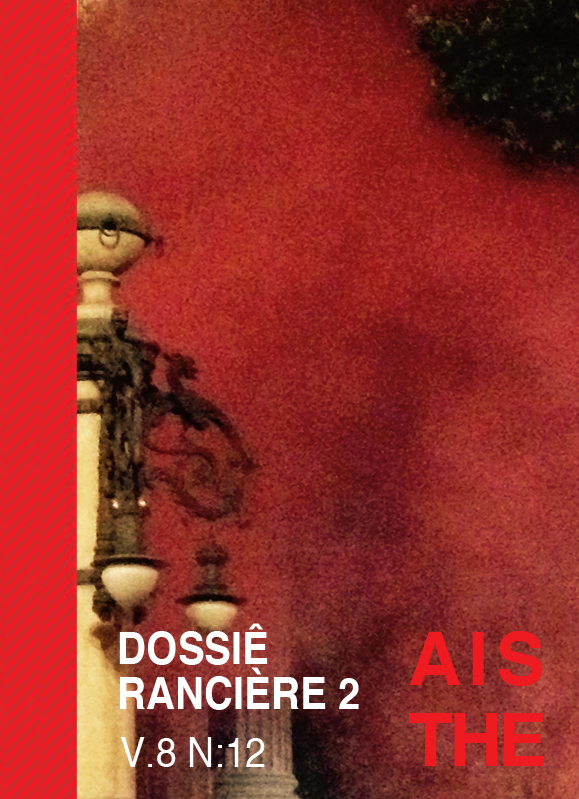MODERNIDADE E REGIME ESTÉTICO DAS ARTES
Keywords:
Jacques Rancière, Aesthetics, Contemporary French philosophy, Political art, DisagreementAbstract
When one considers the formulation “the aesthetic regime of art”, what is at stake is the fact that art has not always been apprehended under the sphere of aesthetics. Rancière delineates other two art identification regimes in Western history, the ethical and the representative. Aesthetics, which establishes the reception of works in the context of sensitivity and produces the categories for their analysis, in Ranciere's understanding, despite being born as a science, such as defined by Alexander von Baumgarten, must before be understood as a historical a priori which sets the material as well as the perceptive conditions of art since the XVIII Century. The means of circulation of works, their legitimation systems, their evaluation categories, all this must be considered in the way one approaches the works. A regime, therefore, no being a theory, but a set of historically given conditions, promotes therefore a determined way which can be changed historically. Thus, this communication aims at supporting that Ranciere's historical-critical method -- which approaches not only the works but the possibility conditions of their identification in a determined historical moment -- may justly face with a whole present aesthetic trend that wants to disregard the dimension of the aesthetics history in the analysis of artworks.Downloads
Published
2017-06-09
Issue
Section
Artigos


